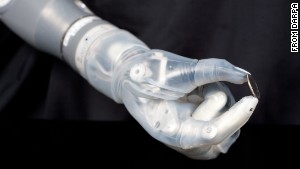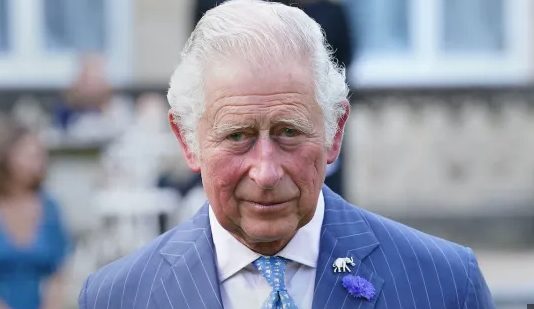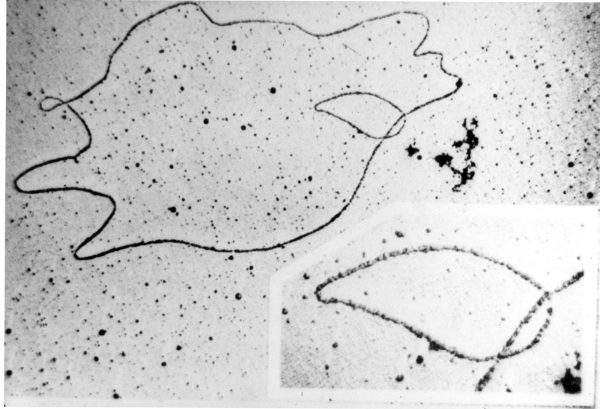FDA Approves Bionic Arm

After eight years of research and testing, the FDA has approved the DEKA arm, a prosthetic controlled by signals in the brain. Created by the inventor of the Segway, the bionic arm was inspired by Star Wars.
What separates this from other prosthetics on the market is that it is capable of much more delicate tasks. It is able to zip a coat, unlock a door using a key and hold an egg without breaking it. The FDA says this is the first prosthetic arm that can perform multiple, simultaneous actions.
Dean Kamen, inventor of the Segway, oversaw this project that was funded by ZARPA, the research branch of the Pentagon. He nicknamed it the “Luke” arm after Luke Skywalker because he was fitted for a prosthetic after losing his right hand in a light-saber battle with Darth Vader.
CNN reported that it works through electromyogram electrodes, which detect electrical signals from the contraction of muscles close to where the prosthesis is attached. This allows its user to perform multiple tasks simultaneously.
The arm is the same size and weight as a regular arm so that it feels natural on its user. It is battery-powered and works due to a computer device that can tell what type of movement the user wants to perform.
Christy Foreman, director of the FDA’s Office of Device Evaluation said, “This innovation prosthesis provides a new option for people with certain kinds of arm amputations. It may allow some people to perform more complex tasks than they can with current prostheses in a way that more closely resembles the natural motion of the arm.”
The arm only works for certain types of amputees. It can be fitted for people with limb loss at the shoulder joint, mid upper arm or mid lower arm, but not at the elbow or wrist. One of the first users, Chuck Hildreth, lost both arms and has been demonstrating the DEKA arm since 2009.
“I never thought in my lifetime I’d see something this functional come out. It’s definitely going to change my life, and more importantly it’s going to change the life of my family” he told CNN’s Sanjay Gupta in 2010.
The FDA reviewed a study by the Department of Veterans Affairs that included 36 participants. The study concluded that 90% of the participants could perform tasks that they could not with their current prosthesis.
A video demonstration of the bionic arm can be found on DARPA’s website. Now that the DEKA arm has FDA approval, it can legally be advertised and sold in the United States.











